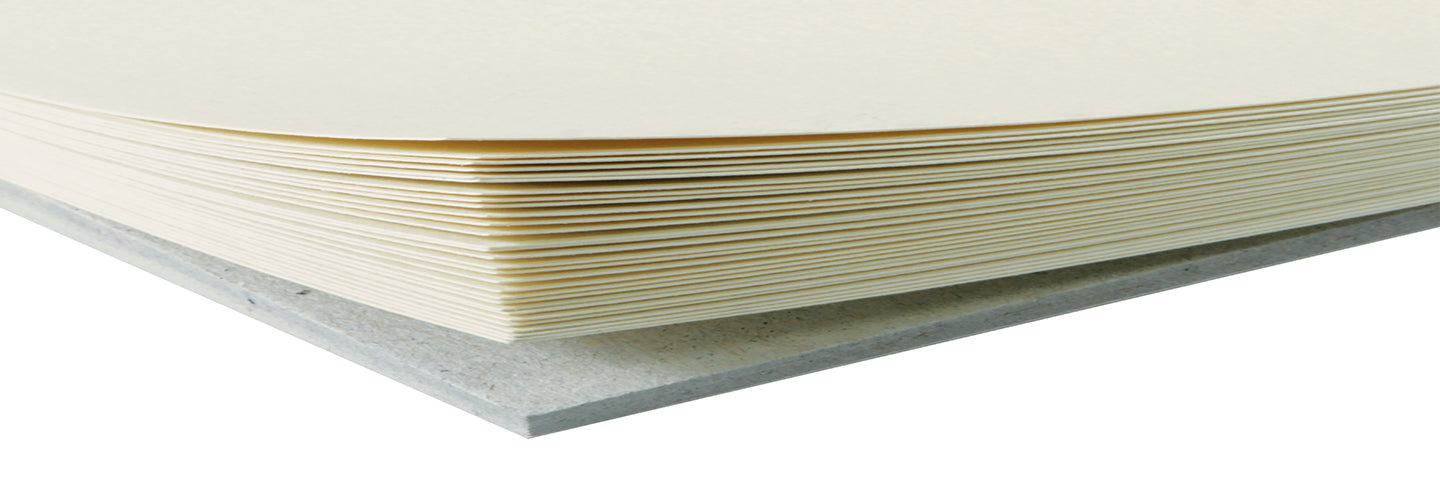
Getting to Know Paper
It’s likely that as a calligrapher you have an interest in (or even an obsession about!) paper.
In the article of the qualities of paper it was suggested that you should be observant and critical, and learn which papers work well for you.
This is time well spent, because your lettering will FEEL better and LOOK better on paper that suits you and is write for the work you are doing.
Remember a paper that is bad at one thing might be great for something else – for example often a paper that bleeds with ink will work very well if you are using gouache in your pen.
A good specialist paper retailer should let you have samples of paper – some charge for a sample pack which is probably money well spent.
You can also swap samples with fellow artists and calligraphers. Sometimes exhibitions include details of exactly which papers were used, so you can get an idea of which papers are favoured by calligraphers you admire.


You should be aiming, over time, to gather samples of all sorts of different papers. They don’t need to be big sheets – they might simply be a strip you have cut from the end of a bigger piece.
Be careful to write as much detail as you can about the paper onto the test sheet straight away – because they can be difficult to identify later.
Keep the papers in a folder, or tie them together and make them a valuable reference.

Try out your favourite inks/gouaches on each of the papers and notice:
- How does it feel?
- How do the letter strokes look? (If there are gaps, is this as you would expect?)
- Is there any bleed AT ALL? (any combination of paper and ink that bleeds should never be used as it will spoil the look of your carefully formed letters)
- Is there any show through to the other side of the paper? (This would matter if, for example, you were making book pages)

It is worth trying both sides of a piece of paper – they sometimes have different surfaces and different absorbency.
Don’t forget to try pencil, watercolour, and any techniques you use as part of your lettering.
Write notes to yourself on the sheet on what you learnt – you will thank yourself later for your diligence!
This resource grows in value the more papers you add to the bundle and the more trials you run on the papers.

As an aside, it’s not uncommon to be scared to use “good” paper. We’ve all bought a sheet of paper that has been admired, and then lovingly and carefully placed under the bed, waiting for that special piece of calligraphy to come along that deserves such a wonderful piece of paper. And there is stays…. because we’re too scared to cut into that beautiful piece of “good” paper. (Or we finally pluck up the courage to use it only to find that it is horrible to use, and our dream is shattered!)
A better approach is to cut it up: cut a piece to go into your paper trials folder – and test it thoroughly. Cut the remainder into sizes that you think you’re likely to use, and then USE IT.
Even the most expensive handmade papers are only a few Pounds for a large sheet – and yet most of us are guilty of treating them as if they’re made of unicorn skin.
If you have a wonderful paper, use it, enjoy it, and buy some more! We stock an excellent range of Paper suitable for all calligraphy types, check it out here!
